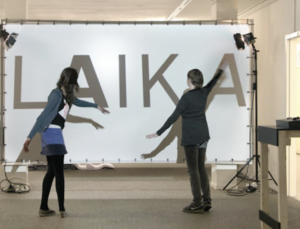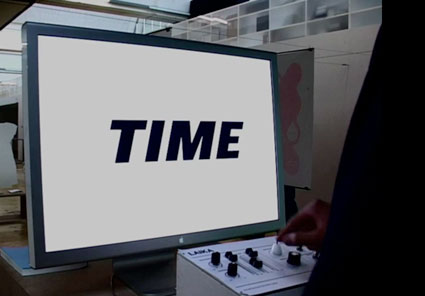Typography, the art of arranging and designing text, has come a long way from its traditional roots. In the digital age, designers have been experimenting with dynamic typography to create visually captivating and interactive content. Two visionary designers leading this charge are Michael Flückiger and Nicolas Kunz. Their innovative approach to dynamic typography has reshaped the way we perceive and engage with text-based design.

typography
The Dynamic Duo: Michael Flückiger and Nicolas Kunzb
Michael Flückiger and Nicolas Kunz are Swiss designers who have made significant contributions to the world of dynamic typography. With a shared passion for pushing the boundaries of design, they have collaborated on numerous projects that have garnered international acclaim.
-
The Evolution of Typography
Dynamic typography represents a paradigm shift in the world of design. It blends the principles of traditional typography with modern technology, creating a dynamic and immersive experience for the audience. Flückiger and Kunz have been at the forefront of this evolution, redefining how we interact with text.
-
Interactive Experiences
One of the key aspects of dynamic typography is interactivity. Flückiger and Kunz have utilized interactive elements in their projects to engage the audience on a deeper level. Whether it’s through responsive typography that changes based on user input or kinetic typography that moves in response to audio, their work constantly pushes the envelope.
-
Motion Graphics
Motion graphics play a pivotal role in the dynamic typography created by Flückiger and Kunz. Their designs often incorporate animations and transitions that bring text to life. These dynamic elements add depth and personality to the text, making it more compelling and memorable.
-
Embracing Technology
The dynamic typography created by Flückiger and Kunz wouldn’t be possible without the integration of cutting-edge technology. They harness the power of programming languages and software tools to create typography that adapts to various platforms and devices seamlessly.
-
Experimental Typography
One of the hallmarks of their work is experimental typography. Flückiger and Kunz are not afraid to push the limits of legibility and aesthetics, often deconstructing letters and words to create entirely new visual experiences. This approach challenges traditional design norms and fosters innovation.
-
Cross-Disciplinary Collaboration
Flückiger and Kunz’s dynamic typography projects often involve collaborations with experts from diverse fields, including sound designers, programmers, and artists. This interdisciplinary approach leads to groundbreaking work that transcends the boundaries of traditional graphic design.
-
Case Studies: Highlight Projects
To truly appreciate the work of Michael Flückiger and Nicolas Kunz, it’s essential to explore some of their standout projects. Examples include:
- sound and motion, blurring the lines between text and audio.
- “Typo|Phonic”: A project that combines typography and music, creating a synchronized experience where text and sound harmonize.
- “Responsive Typography”: Websites and applications where typography adapts to user actions and device specifications, providing a personalized and immersive experience.
Conclusion
Michael Flückiger and Nicolas Kunz have undeniably left their mark on the world of dynamic typography. Their groundbreaking work challenges conventions, embraces technology, and fosters collaboration across disciplines. As we continue to move into an era where design and technology intersect, Flückiger and Kunz serve as inspirational figures, reminding us of the endless possibilities that dynamic typography offers. Their dedication to pushing the boundaries of design ensures that the future of typography will remain dynamic, engaging, and ever-evolving.

